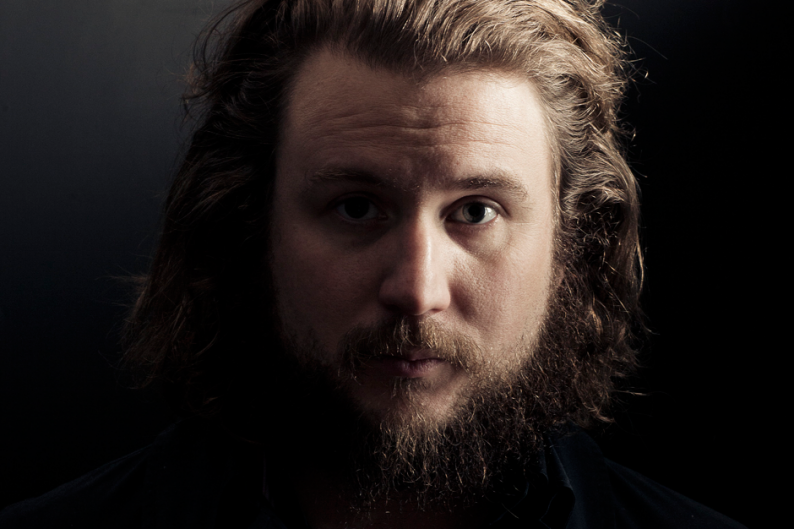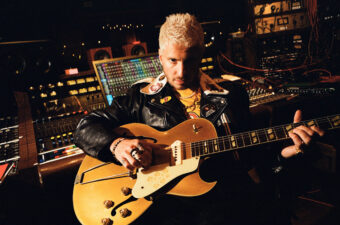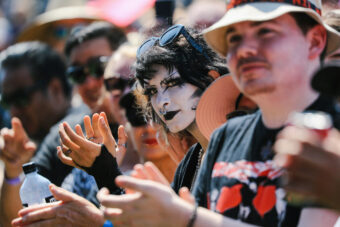At last, Twilight is in theaters!
But is it any good?
Basically, the movie succeeds where the book faltered. Rob Pattinson’s Edward and Kristen Stewart’s Bella not only look the part, but they massage the kinks out of Stephenie Meyer’s characters: He isn’t weirdly paternal, she doesn’t come across as weak and insecure.

Also Read
Compact Discs: Sound of the Future
And the supporting cast adequately modernizes the Forks High School clique, particularly Anna Kendrick as the aggressively ordinary Jessica. One of the minor characters even uses the word “chillax.” Wha!? Meyer’s prelapsarian, page-bound kids don’t use slang, just like they don’t curse or update Facebook pages. Yet that one slip of lame lingo — courtesy of screenwriter Melissa Rosenberg (The OC, Dexter) –does more to establish these teenagers, or rather Bella’s disinterest in them, than all of her complaints to the same effect.
But here’s where the movie loses out to the book: Twilight is essentially a love story in which the lovers can barely touch, and a thriller in which the villains, a rival clan of vampires, don’t arrive until the third act. This isn’t a problem while reading it — the couple’s temptation turns the pages — but how do those hormones get translated onscreen? With a few grimaces and a lot of dizzying camerawork.
Pattinson and Stewart have chemistry, but with 498 pages to condense, director Catherine Hardwicke leaves a lot out, including all of the heroine’s interior monologues. And while that mercifully means not being privy to Bella’s every decision concerning what to make for dinner, it also deprives us of more tension-building moments like the one in biology class when her physical proximity to Edward causes them both to squirm silently with, uhh, chaste passion. Their lab chat about onion mitosis, which is included in the film, doesn’t exactly achieve the same sexual charge, try as the actors might to convey it with nervous ticks and beseeching eyes.
Then again, for much of the audience, the film is just a compendium to the book. What’s not literally there will still be there for any reader who can fill in the blanks with their own projections and who can anticipate every plot development before they see it: Oh, yeah, this is the part when Bella gets hassled by those no-good-niks in Port Angeles, here’s where the baseball game gets interrupted by Laurent’s crew, and finally, the ballet studio showdown.
Hardwicke seems to be counting on that, because she doesn’t dwell long on any one scene before hurrying off to the next — the cinematic equivalent of a page-turner but less satisfactory. Dinner at the Cullen house is over before it begins. Not that the plot demanded any more than that, but their family patter was kind of funny — and if there’s one thing Bella and Edward’s insular relationship is not, it’s funny.
I would have preferred it if the film deviated more from the book instead of trying so hard to remain faithful to it. Obviously, the Cullen siblings, or the Forks teenagers, are not the draw here, but I wish Hardwicke had either made better use of her extensive cast or found ways to give more substance to Edward and Bella’s connection. But perhaps this is the wish that separates the Twihards from the curiosity-seekers: Yeah, yeah, eternal love, what else you got?



